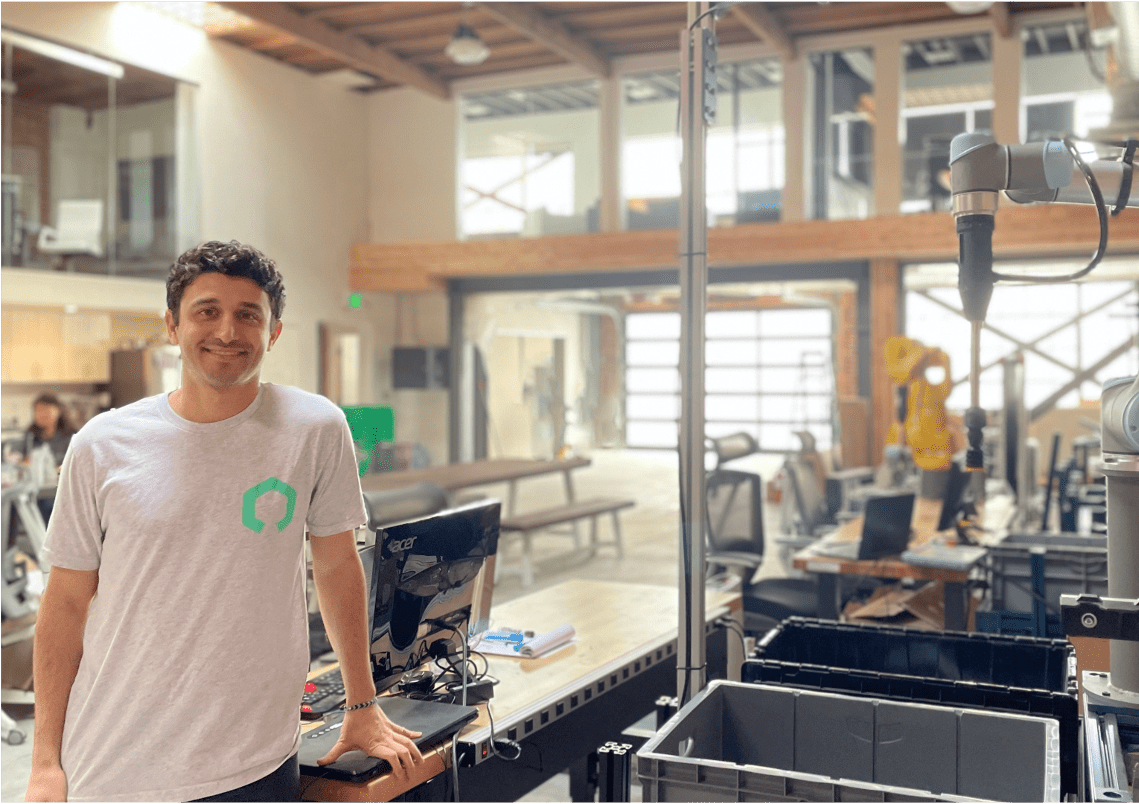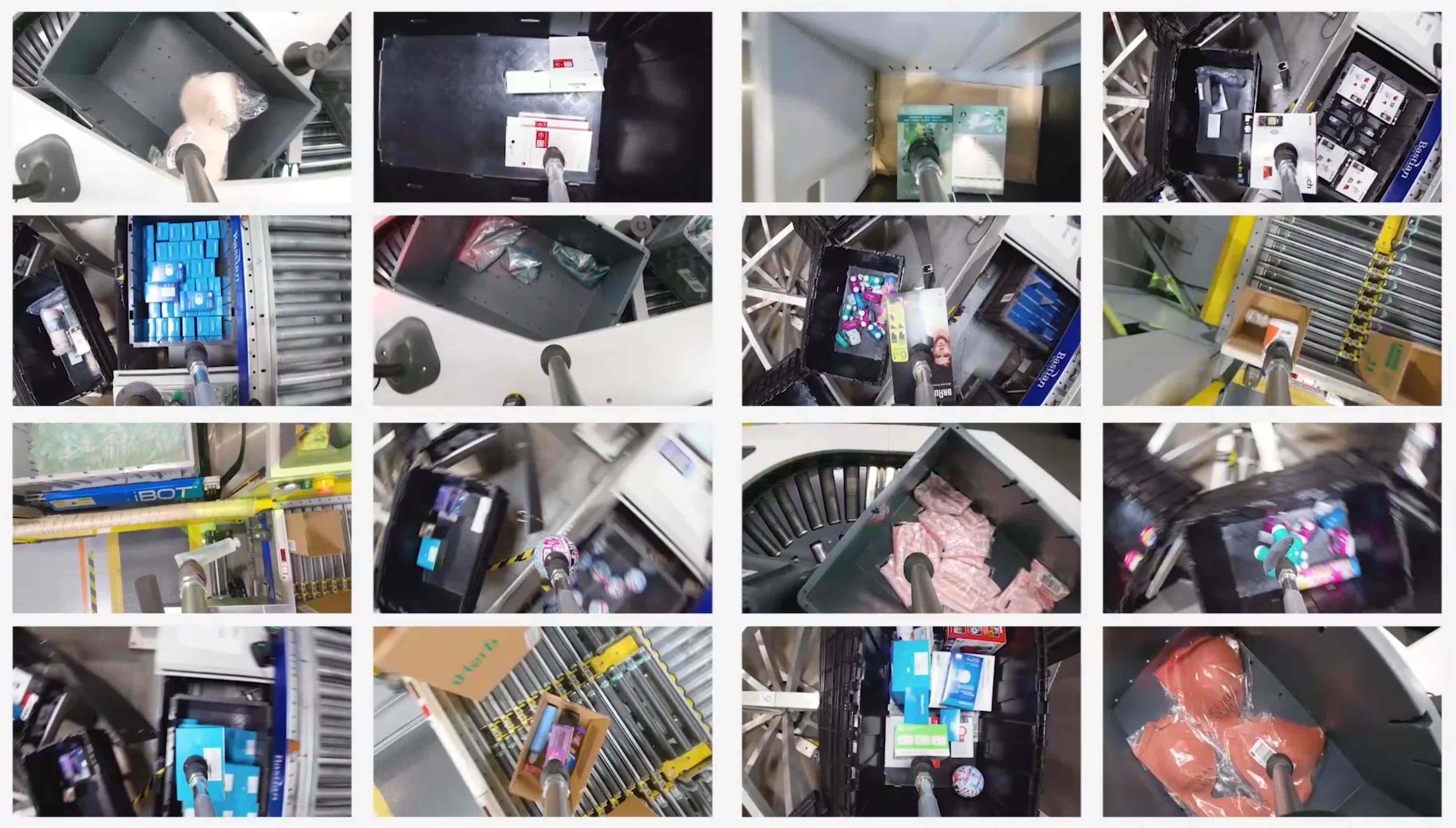There’s a long-standing debate in the world of logistics robotics. On one side stand the greenfield folk, who insist that the best possible experience is one built from the ground up, with these automated systems at its core. Brownfield proponents, on the other hand, point to the time and money required for a full rebuild. Many firms looking to automate their warehouses simply don’t have the resources to effectively start from scratch.
Most people ultimately land on some combination of these approaches. After all, no one size fits all. This morning, Nimble is announcing plans its own third-way compromise. It’s a method that lets companies effectively outsource their warehousing needs through fully automated third-party logistics (3PL) factories.
Founder and CEO Simon Kalouche says that Nimble’s new model wasn’t the goal when the pick and pack robotic automation firm launched in 2017. “It evolved as we learned about the industry,” he tells TechCrunch. “I’ve been in hundreds of warehouses now, and as I went to more and more, I learned that everyone’s automating almost all the pieces of the warehouse, but picking is still the hardest part. Until you automate picking, you need people in the warehouse. You need to make warehouses ergonomic, safe and OSHA compliant for people. When you automate the picking step, you remove all of those constraints.”

Image Credits: Nimble
Kalouche says the company has already begun operating its own third-party fulfillment centers, quietly opening the first roughly a year ago. He won’t disclose how many are currently online, only that the figure is “between one and 10” and the locations are geographically dispersed across the U.S. I its press material, the company explains that its “intelligent robotic fulfillment systems will autonomously pick, pack and ship e-commerce orders while reducing warehouse size by up to 75%. Nimble’s network of robotic warehouses will provide brands 96%+ U.S. population coverage in one-two days and click-to-collect savings of up to 40% compared to legacy 3PL providers.”
While it’s not same-day, it takes online retailers a step closer to the thing they most want these days — something that can help somewhat level the playing field against Amazon’s 800-pound gorilla. That’s the promise of third-party warehouse automation writ large — though Amazon has its own growing army of robots.
Nimble’s advantage is the prevalence of autonomous systems. Kalouche notes that it hasn’t yet achieved a fully lights out factory just yet. “There are still manual operations,” he says. “Our goal is to work toward the dark warehouse. We’re still working toward that, but we’re not there yet. But the picking is an automated function.”
There are, of course, broader implications of moving America’s factories further in the direction of top to bottom automation. Kalouche cites Amazon’s recent report that its pool of human workers is running out, and plenty of warehouse managers have similarly complained of hiring difficulties in the shadow of the pandemic. But there’s a real difference between partial and full automation when it comes to the job market.

Image Credits: Nimble
The decentralized nature of the fulfillment center goes a long way toward speeding up delivery by bringing products close to customers. Kalouche says the company is taking a controlled, deliberate approach to the number of warehouses. The eventual goal is to work with a wide range of different company sizes, from enterprise to Etsy seller (his own hypothetical was Shopify merchants, but I prefer the alliteration), and the ability to serve multiple clients in a single factory should help.
In the meantime, Nimble is focusing on mid-market retailers — though it won’t disclose the names of any of those clients. Again, let’s say somewhere between Walmart and your cousin’s eBay store. Nimble will continue to support existing clients, but the launch of these robotic fulfillment finds it largely moving away from its previous model of retrofitting existing warehouses.
The startup’s growth is being fueled, in part by a $65 million Series B led by Cedar Pine that also features DNS Capital, GSR Ventures and Breyer Capital. That follows a $50 million Series A almost exactly too years ago, bringing its total funding up to around $110 million. Nimble isn’t quite ready to talk valuation just yet.
“With E-commerce and warehouse automation continuing to exhibit incredible growth, we were attracted to Nimble’s industry leading AI robotic technology and 3PL fulfillment capabilities,” Cedar Pines’ Stephen Weiss said in a release tied to the news. “Our robust due diligence process showed that Nimble has a clear technology lead on the incumbents and has an extraordinary opportunity to be the next generation leader in the industry.”
As with the growth of its warehouses, Nimble is taking a measured approach toward adding to its 100 or so person headcount. “We’re being cautious,” says Kalouche. “We’re not trying to triple headcount in the next year, but we are hiring.”
Nimble makes the leap to fully automated third-party logistics warehouses by Brian Heater originally published on TechCrunch















 English (US) ·
English (US) ·